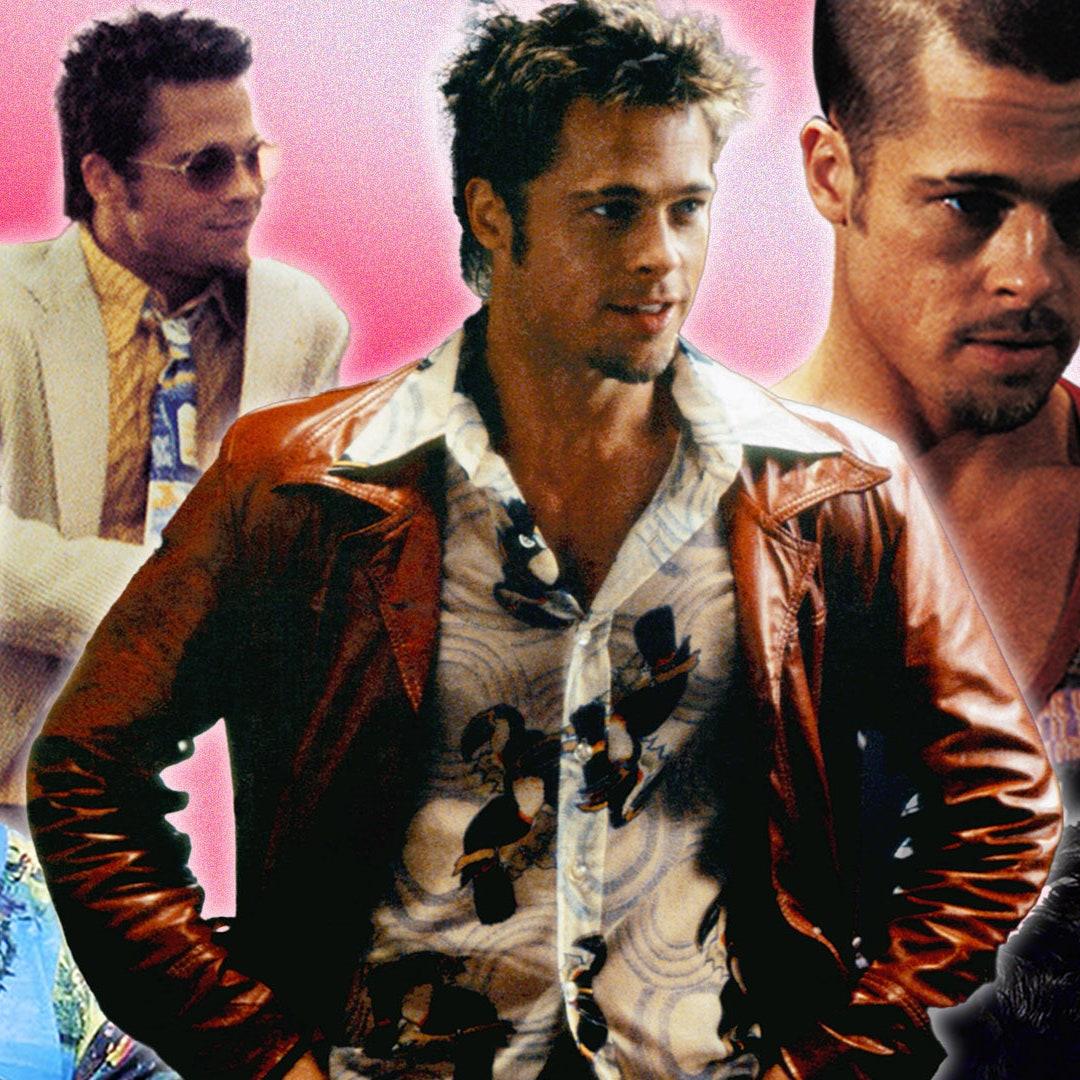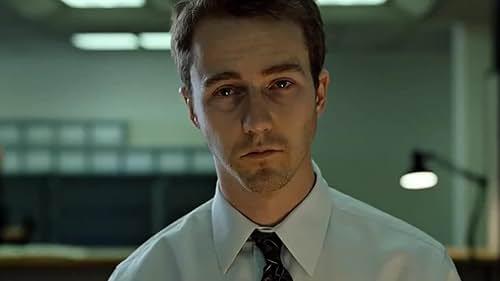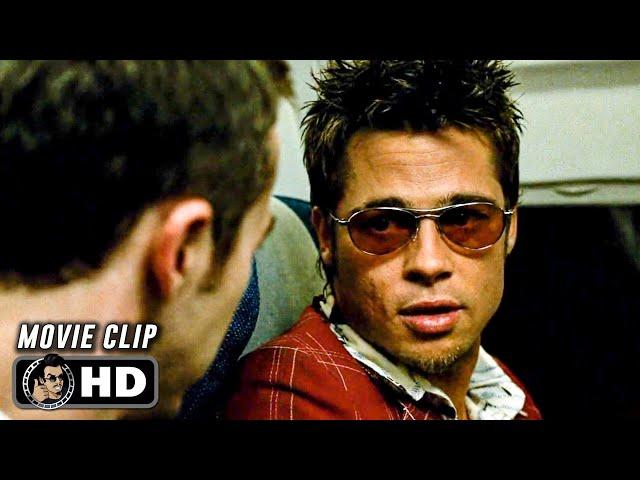“Fight Club,” both as a novel by Chuck Palahniuk and its subsequent film adaptation directed by David Fincher, has long been a cultural touchstone, igniting debates and inspiring diverse interpretations. At the heart of these discussions lies a critical question: is “Fight Club” misinterpreted as an endorsement of toxic masculinity? This article seeks to delve into the complex layers of the narrative, exploring the thematic intentions of its creators versus the varied perceptions among audiences. By examining the societal context, character dynamics, and symbolic elements, we aim to unravel whether “Fight Club” serves as a critique of or a catalyst for the aggressive, hyper-masculine ideals it appears to depict. Through a balanced analysis, this piece will assess the cultural impact of “Fight Club” and its role in the ongoing discourse surrounding masculinity in contemporary society.
Cultural Impact and Misinterpretation of Fight Club
The film and novel Fight Club have undeniably left a significant mark on popular culture, sparking debates and discussions that extend beyond the realm of cinema. One of the most contentious aspects is the perception that it endorses toxic masculinity. This interpretation often stems from the hyper-masculine behaviors and anarchic philosophies exhibited by the characters. However, a deeper analysis reveals that these elements are not glorified but rather serve as a critique of modern societal norms and the disenfranchisement of men in a consumer-driven world. The narrative employs satire and irony to underscore the destructive nature of these behaviors, suggesting a need for introspection rather than imitation.
- Critique of Consumerism: The story uses the protagonist’s rebellion as a metaphor for the emptiness of materialistic pursuits.
- Identity Crisis: It highlights the struggle for identity in a society that equates self-worth with possessions and status.
- Satirical Approach: The exaggerated portrayal of masculinity is intended to challenge and provoke thought rather than serve as a model.
Despite these intentions, the film’s message is often misconstrued, leading to a cultural phenomenon where some audiences embrace the surface-level aggression without recognizing the underlying social commentary. This misinterpretation has inadvertently contributed to the very ideologies the work aims to criticize, demonstrating the complex relationship between media and its audience.
Exploring the Themes of Masculinity in Fight Club
- Identity Crisis: At the heart of Fight Club is a profound exploration of identity, where the characters grapple with societal expectations and their own sense of self. The film dissects how traditional notions of masculinity can lead to a fragmented identity, as men struggle to conform to prescribed roles. The protagonist’s journey reflects a deep-seated yearning to reclaim individuality in a world that often equates masculinity with power and aggression. This identity crisis is portrayed through the creation of an alter ego, representing the internal conflict between societal pressures and personal desires.
- Consumer Culture: Fight Club also critiques consumer culture’s impact on male identity. The film suggests that the relentless pursuit of material possessions is a hollow substitute for genuine fulfillment, leaving men feeling emasculated and disconnected. This theme is highlighted through the protagonist’s initial obsession with material goods, which ultimately leads to his involvement in the fight club as a means of rediscovering a more primal and authentic sense of self. By rejecting consumerism, the characters seek to redefine masculinity beyond superficial achievements.

Analyzing Viewer Perception and Media Influence
In dissecting how viewers perceive Fight Club, it’s essential to delve into the intricate layers of the narrative and its societal reflections. At its core, the film presents a critique of consumer culture and explores themes of identity and self-destruction. However, some audiences interpret its depiction of hyper-masculinity and violence as a glorification rather than a cautionary tale. This divergence in interpretation can be attributed to several factors:
- Character Complexity: The protagonist’s duality and internal conflict are often overshadowed by the more overt, aggressive persona of Tyler Durden. This can lead to an oversimplified view of the narrative as endorsing the latter’s anarchistic ideals.
- Media Influence: The portrayal of the film in popular media and memes often highlights its more provocative elements, potentially skewing public perception towards an endorsement of toxic masculinity.
- Audience Preconceptions: Viewers bring their own experiences and biases to the film, which can heavily influence their interpretation. Those with pre-existing notions of masculinity may find resonance in the film’s more controversial aspects.
Ultimately, the debate over the film’s message highlights the power of media to shape and challenge societal norms. The line between satire and endorsement is thin, and Fight Club‘s impact underscores the importance of critical media literacy in understanding and deconstructing cultural narratives.

Recommendations for Critical Engagement with Fight Club
- Understand the Context: Before engaging with ”Fight Club,” it’s essential to understand the socio-cultural context in which it was created. The novel and its film adaptation are a critique of consumerism, identity crisis, and societal norms. It’s crucial to recognize that the depiction of hyper-masculine behavior is not an endorsement but rather a commentary on the destructive nature of these societal pressures.
- Analyze Character Motivations: Delve into the complexities of the characters, particularly Tyler Durden and the unnamed protagonist. Their actions and philosophies serve as a reflection of internal conflicts and disillusionment with modern life. Examining their motivations can offer insights into how the narrative critiques rather than promotes toxic masculinity.
- Focus on Symbolism: Pay attention to the symbolism used throughout the story. The fight club itself is a metaphor for the struggle against the emasculating effects of a consumer-driven society. The film and book use these symbols to challenge viewers and readers to question societal norms and the true meaning of masculinity.
